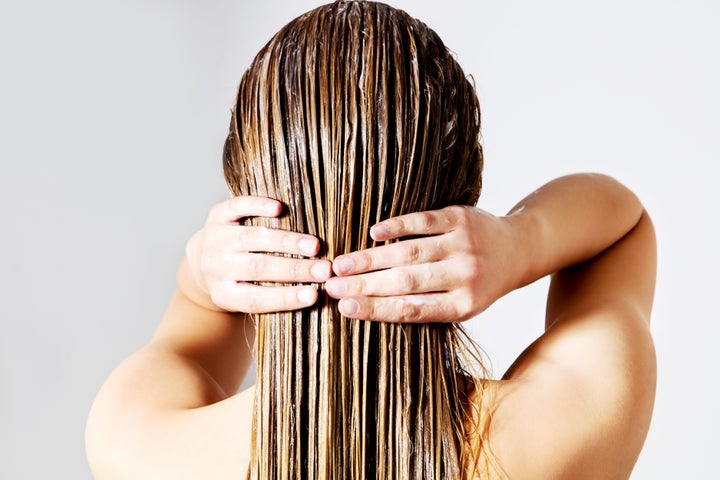
Let’s talk about hair oil, one of the many products out there that promises to give you shiny, healthy, Pantene commercial-worthy hair.
It’s typically used to moisturize and hydrate the hair, as well as smooth and protect it from all your styling tools. But hair oil is definitely not a one-size-fits-all product.
We spoke to a few hair experts to get the lowdown on all things hair oil, including how to use it.
So what’s the point of using hair oil?
Our hair is dead once it breaks through the surface of the scalp, as Jasmine Merinsky, a Toronto-based hairstylist, explained to HuffPost. And if it weren’t for our sebaceous glands, which secrete natural oils, that hair would be dry and brittle.
“Similar to skin, we need oil to have healthy, strong hair,” Merinsky said. “Oil lubricates the outer cuticle and strengthens the inner core by providing moisture to help keep the bonds strong.”
Everyone’s scalp and hair are different and some people are just oilier than others, she added.
That’s where hair oils come in. The store-bought product is meant to replicate and supplement the natural oils that our bodies already make. Plus, Merinsky said, hair oils smell nice and provide you with control over the amount and application.
Bobby Eliot, a Los Angeles-based celebrity hairstylist with Starworks Artists, told HuffPost that hair oils can be used both as a nourishing treatment and as a styling tool to help smooth the hair.
Should you be using hair oil?
Takisha Sturdivant-Drew, a New York-based celebrity hairstylist with Exclusive Artists, believes there’s a hair oil out there for everyone. But there are a few things to consider ― especially in regards to your hair type and texture ― before you start slathering it all over your locks.
Sturdivant-Drew said hair oils are particularly good for individuals with dry or tight scalps that are lacking moisture. If your hair itself is also dry, she said applying hair oil can help “give it a nice, natural shine.” She added that she often uses oil on her clients, especially those with coarser, textured, or curly hair, to finish off the hairstyle.
“Hair with a curl is naturally drier so an oil coats the hair and absorbs for a smoother cuticle,” Eliot explained.
You would also likely benefit from the moisturizing effects of a hair oil if you have chemically treated or processed hair or use relaxers, which can also be very drying.
On the other hand, those with very fine, straight hair might not want to use oil, Merinsky said, noting that the natural oils produced by their scalp “are probably enough, especially if you brush regularly and wash every other day.”
“Brushing helps distribute the oils from your scalp throughout your mid-shaft and ends,” she said. “It also stimulates blood flow to the scalp, which helps with new growth as it removes dead skin cells and opens up your hair follicles.”
Individuals with fine hair can still use oil, Eliot said, if they avoid applying it directly to the roots “as it can weigh the hair down and make it look greasy.”
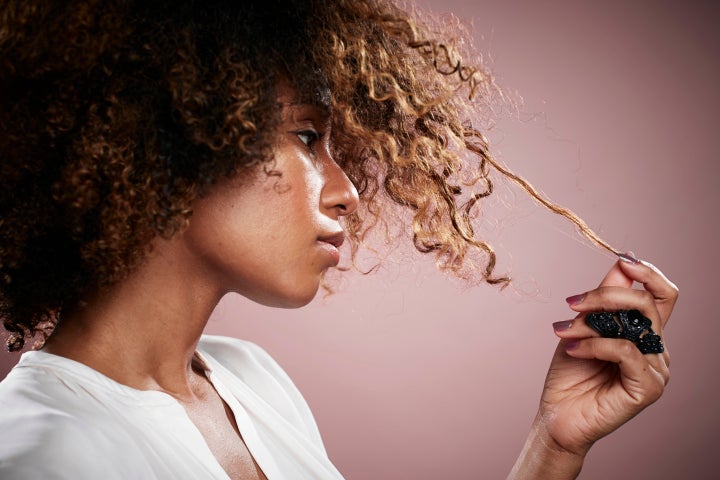
How do you use hair oil?
One way to use hair oil is as a moisturizing treatment. To do so, Eliot said he tells his clients “to apply before you take a shower, pin your hair up and let the steam from the shower open the cuticle and penetrate into the hair.”
Then, he said, you shampoo and condition as normal and “your hair will feel amazing!”
Sturdivant-Drew described a somewhat similar hot-oil treatment, which she said can be done at home or at the salon. (She noted that actress Kerry Washington is a fan.) The process works on pretty much any hair type, the stylist said.
Essentially, you put a mixture of hot oil and conditioner onto the hair and scalp and massage it in really well. Then you sit under a heating cap, steamer or dryer for about 20 minutes. After you wash the oil out, your hair will feel revamped and rehydrated, Sturdivant-Drew said.
“If your hair’s feeling dead, it brings it back to life,” she said.
Another way to use hair oil is as a styling product, Eliot said. He likes to apply it before blow-drying to help keep hair smooth and free of flyaways.
Sturdivant-Drew noted that you can apply oil when hair is wet or dry, depending on your styling routine.
“Some natural women wear their hair wet, like me,” she said. If that’s the case, you can definitely add oil while your hair is still wet. On the other hand, if you have a blowout and your hair feels dry, you can add oil to those dry strands, Sturdivant-Drew added.
One warning: You can apply too much hair oil.
Sturdivant-Drew suggested working a dime-sized amount through strands of dry hair and a nickel-sized amount for “really, really dry” hair. Merinsky recommended using a blob the size of a quarter and rubbing it between your palms before distributing it evenly through your strands.
“Start in the back where your hair is thicker and use whatever is left for the front,” Merinsky said.
Remember, you can always add more if you feel your hair needs it.
What are the best oils for hair?
We asked Merinsky, Eliot and Sturdivant-Drew to share some of their favorite hair oils. Check them out below:
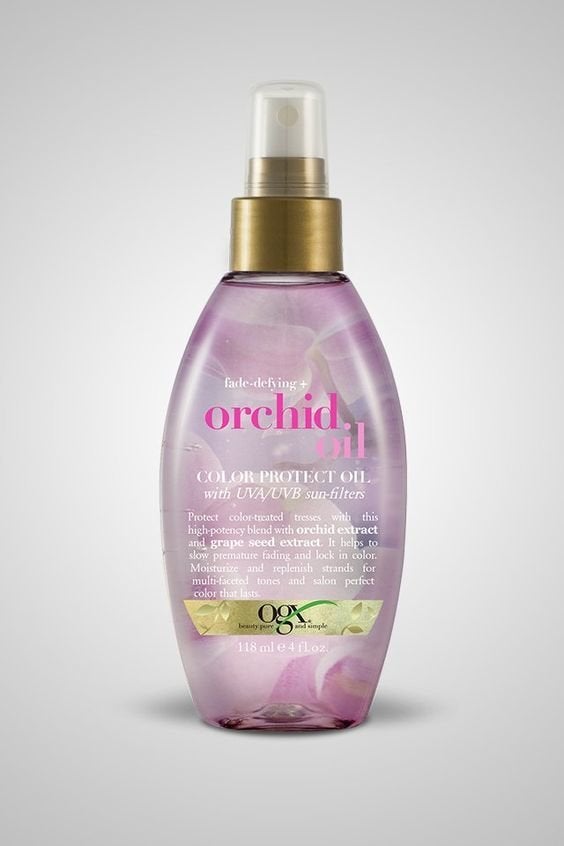
Get the Ogx Orchid Oil color protect oil for $7.96.
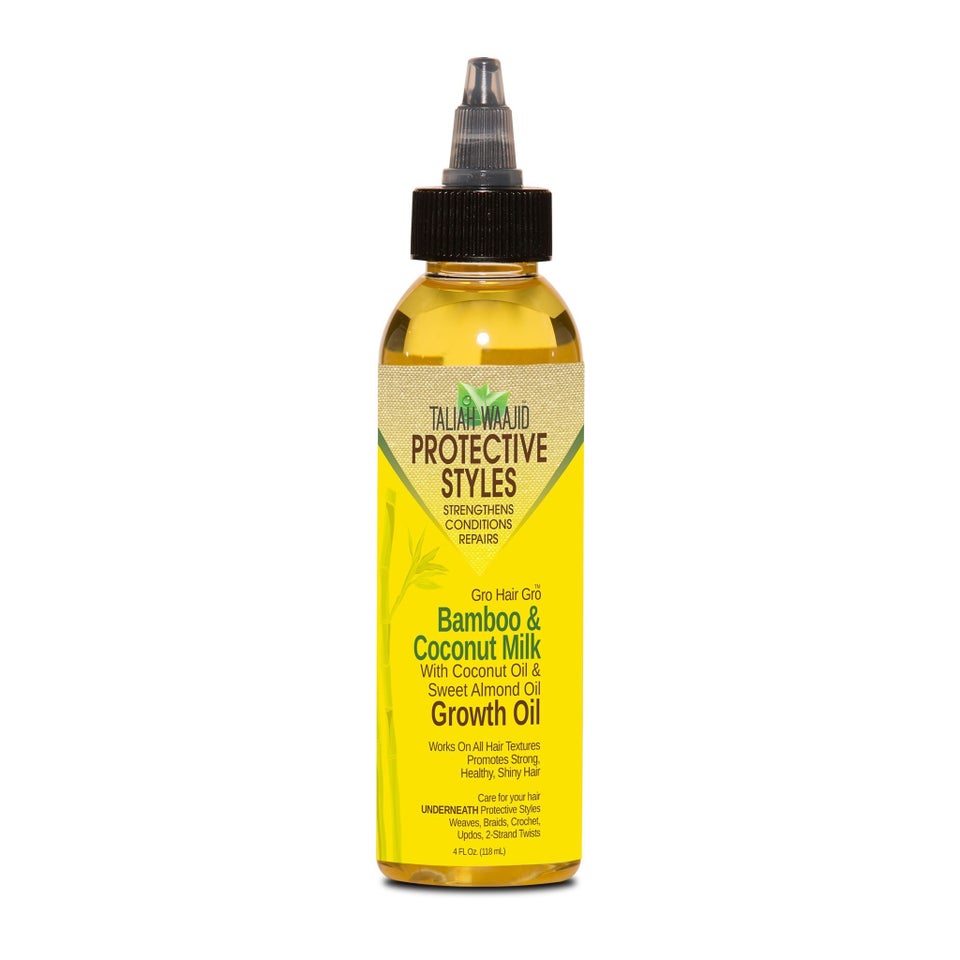
Get the Taliah Waajid bamboo and coconut milk growth oil for $10.99.
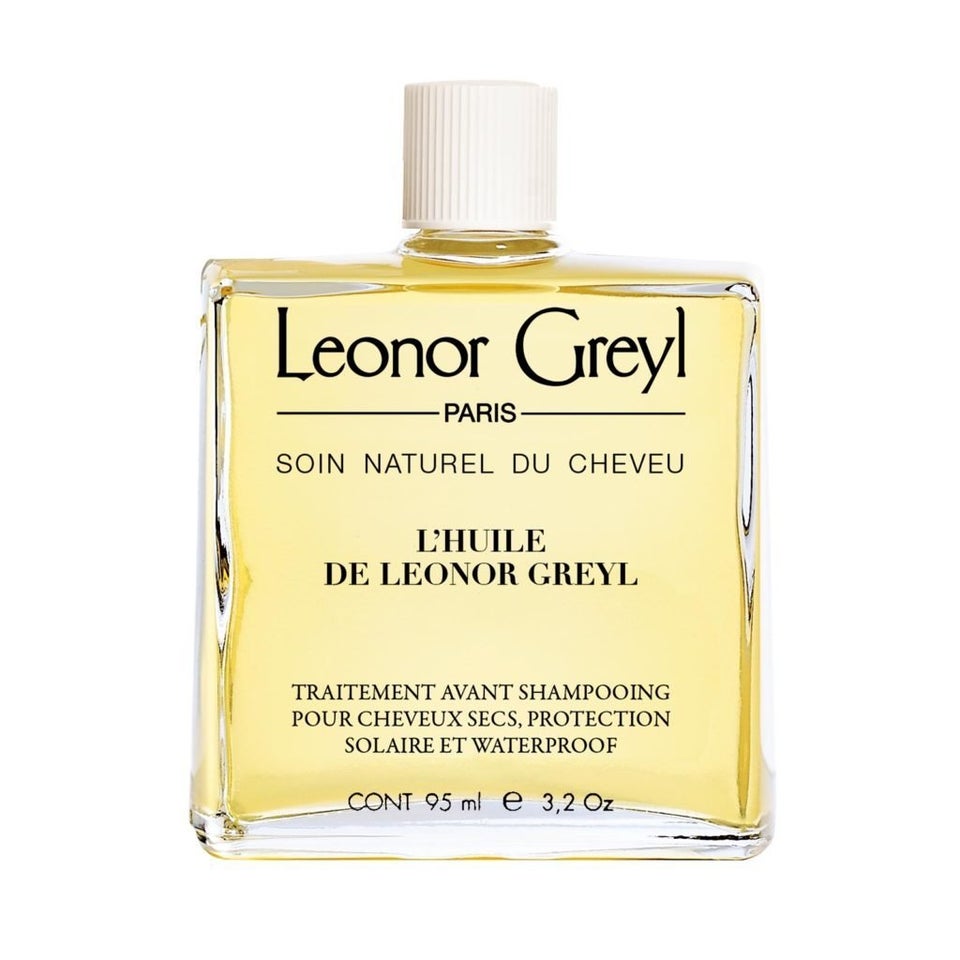
Get the Leonor Greyl oil for $59.
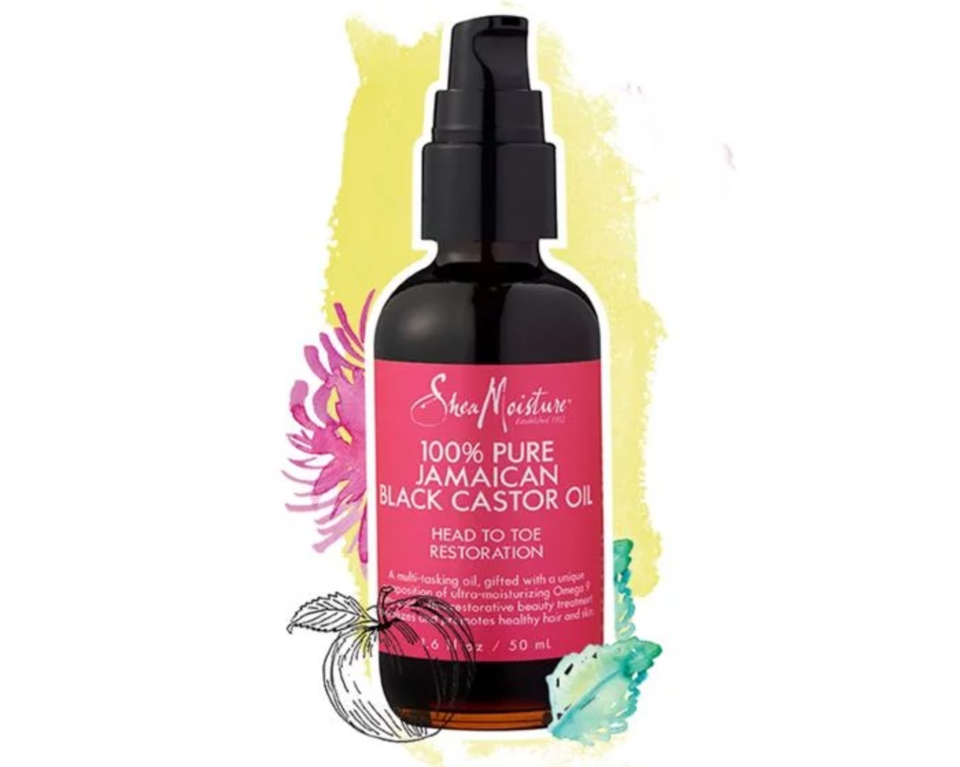
Get the Shea Moisture 100% pure Jamaican black castor oil for $10.99.
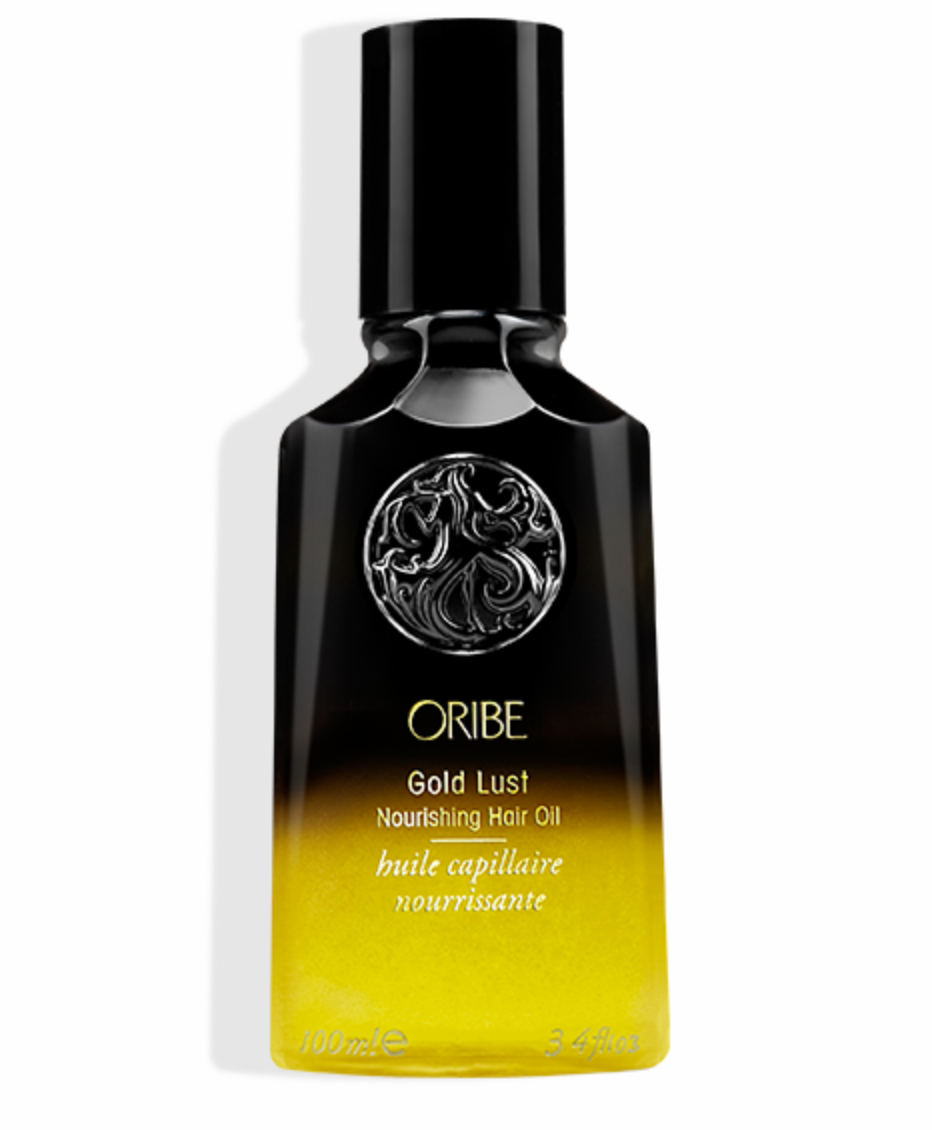
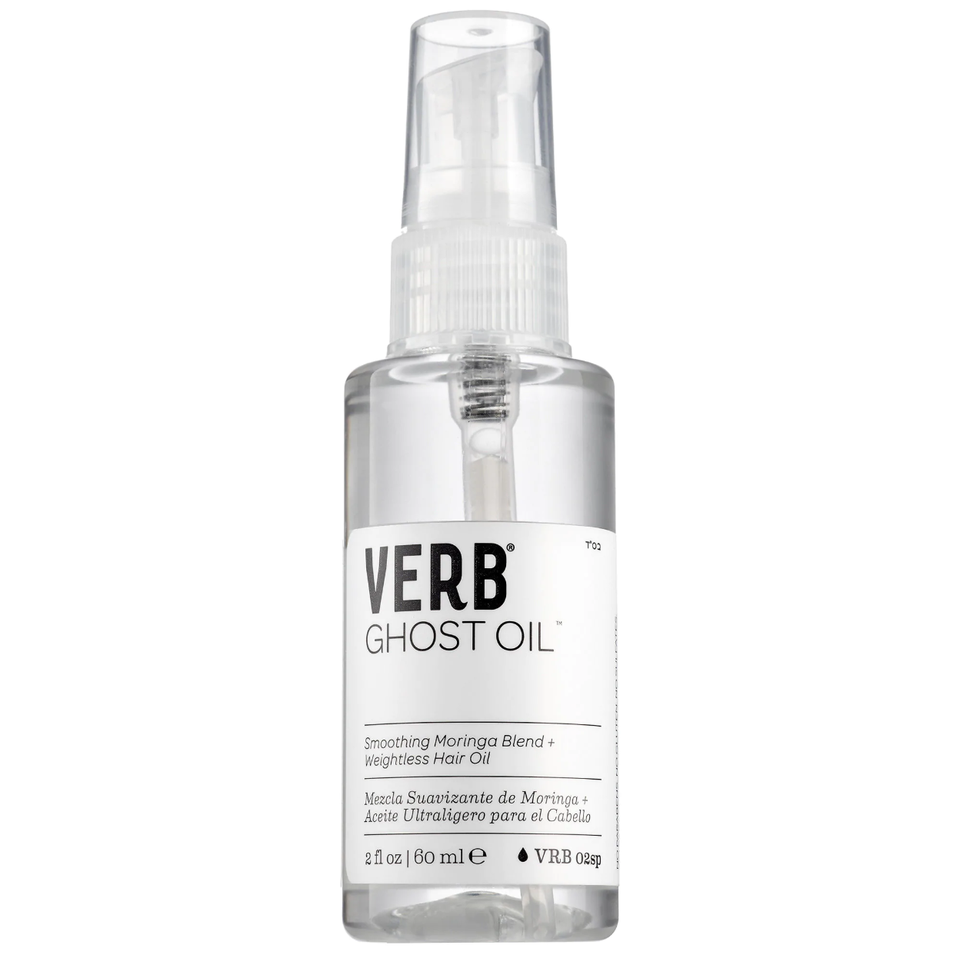
Get the Verb ghost oil for $16.

Get the Aveda brilliant emollient finishing gloss for $29.